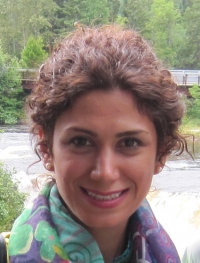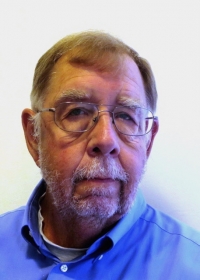
SPEAKER:
SHIVA ABBASZADEH
ASSISTANT PROFESSOR
UNIVERSITY OF ILLINOIS AT URBANA-CHAMPAIGN, DEPARTMENT OF NUCLEAR, PLASMA, AND RADIOLOGICAL ENGINEERING
DATE/TIME:
MON, 09/10/2018 – 4:00PM TO 5:00PM
LOCATION:
3105 ETCHEVERRY HALL
Fall 2018 Colloquium Series
Abstract:
Current head and neck cancer diagnosis and treatment planning suffers from poor spatial resolution of whole-body positron emission tomography (WB-PET) scans. In the neck, where tissue layers are thin, the spatial resolution of WB-PET (4-6 mm) is not sufficient to evaluate small lymph nodes (<5 mm), establish how far the tumor has invaded locally, and guide the decision to resect a tumor rather than irradiate and deliver chemotherapy. In this talk I will introduce PET imaging and discuss how to address this problem by translating high-resolution radiation detection technology to head and neck imaging. Then I will discuss the development of a PET system based on cadmium zinc telluride detector technology. System characterization and methods to improve sensitivity will also be discussed.
About the Speaker:
Shiva Abbaszadeh is currently an Assistant Professor at the University of Illinois at Urbana-Champaign (UIUC) in the Department of Nuclear, Plasma, and Radiological Engineering. She was previously a post-doctoral fellow in the Department of Radiology at Stanford University and received her PhD in ECE at the University of Waterloo (Ontario, Canada). Her research interests include radiation detection and instrumentation for molecular imaging, computational problem solving, and quantitative characterization of biological processes. Shiva is a member of IEEE and SPIE and has received a number of awards for her work on medical imaging technology (Mitacs Elevate Fellowship, SPIE Optics and Photonics Education Scholarship, and the NIH-sponsored Stanford SMIS T32 award).



